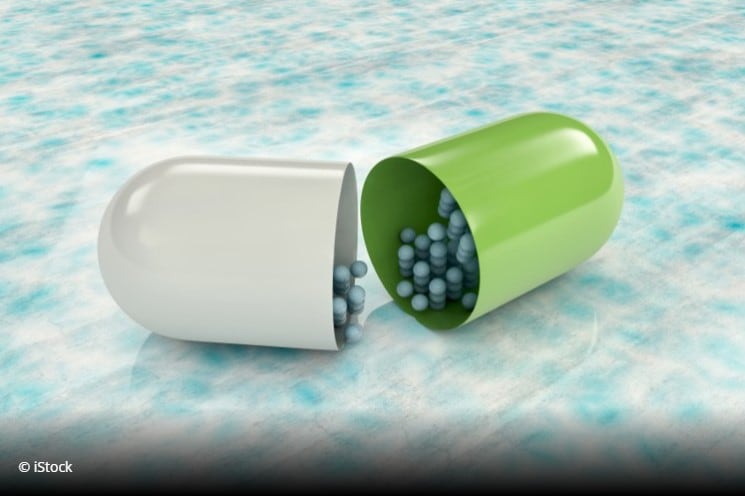In a recent interview, the National Agency for Food, Environmental and Occupational Health Safety’s (ANSES) Aurélie Niaudet reiterated its stance on products containing nanomaterials due to persistent unknowns.
“It is clear that there are still many grey areas regarding population exposure to nanomaterials and the potential impact on health and the environment,” says Niaudet, who is based at the agency’s physical risk assessment unit.
“In addition to strengthening the regulatory framework, it is also important to limit exposure of the population and the environment as a precautionary measure, by choosing safe products that are equally effective but free of nanomaterials.“
Niaudet’s comments come after European food agencies ruled titanium dioxide’s nanoform was unsafe to be used as a colourant in food supplements amongst other things.
Authorities that include EFSA and the Netherlands Food and Consumer Product Safety Authority (NVWA) have highlighted genotoxic links and long-term effects arising from its accumulation in the body.
The European Commission and 27 EU member states met last month to discuss the consequences of EFSA’s opinion with plans to withdraw E171 from the permitted additive list in the EU.
Any impending bans are likely towards the month of September with enforcement expected towards the end of 2021. A transitional period is likely with a view to a total ban by end of 2022.
Any expected ban would also affect the use of silver nanoparticles in such products as food packaging, textiles and cosmetic and hygiene products such as toothbrushes, hair straighteners and disinfectant sprays.
ANSES’ opinion
ANSES’ last appraisal of this nanoparticle in 2014, recommended further research into its physico-chemical characterisation, exposure assessment, toxicology and ecotoxicology, assessment of antibacterial effectiveness and bacterial resistance.
The agency also called for improvements to data traceability and consumer information on products containing silver nanoparticles. The Agency stresses that this traceability cannot be achieved solely by means of compulsory reporting in the R-Nano database.
“ANSES manages the ‘R-Nano’ register,” adds Niaudet. “This mandatory declaration scheme was set up in 2013 to improve the traceability of nanoparticle substances produced, imported and distributed in France.
“In 2020, an analysis of the scheme highlighted the poor quality of the reported data and led ANSES to issue recommendations to declaring companies and to the ministries to consolidate this register and increase its usefulness.”
In addition to this work, ANSES is also working with the National Research Programme for Environmental and Occupational Health (PNR EST), to fund research projects on the effects and environmental fate of nanomaterials, as well as on monitoring population exposure.
Nanomaterial benefits
Nanoparticles’ very small size gives the material novel properties such as resistance, conductivity, and an ability to transport other substances.
These properties are highly sought after and but can also induce specific types of behaviour when interacting with humans or the environment.
“We know that they can pass through physiological barriers such as skin and the respiratory tract, while some of them also have specific types of toxicity,” ANSES highlights.
“Once the human body has been exposed, there is then the question of the distribution and possible accumulation of these nanomaterials in the various organs.”
“Today there is still no single clear definition of nanomaterials,” concludes Niaudet. “Apart from their size, few physico-chemical parameters are taken into account in the definition currently proposed by the European Commission.
“So, in order to protect people, we need to be pragmatic and above all understand the nanomaterials to which we are most exposed.”

